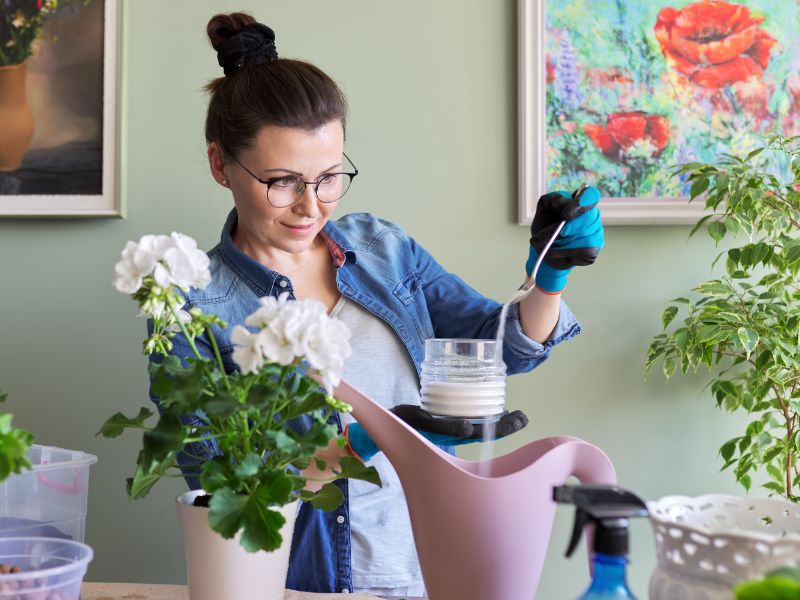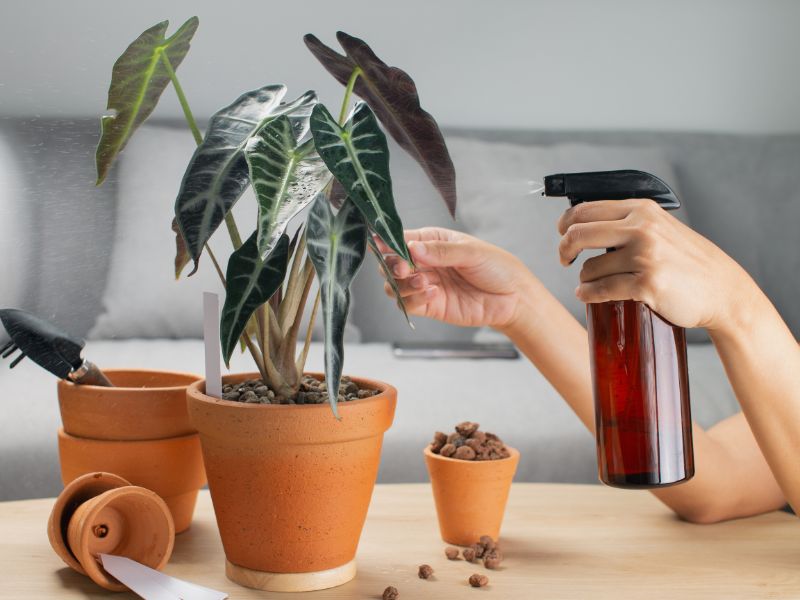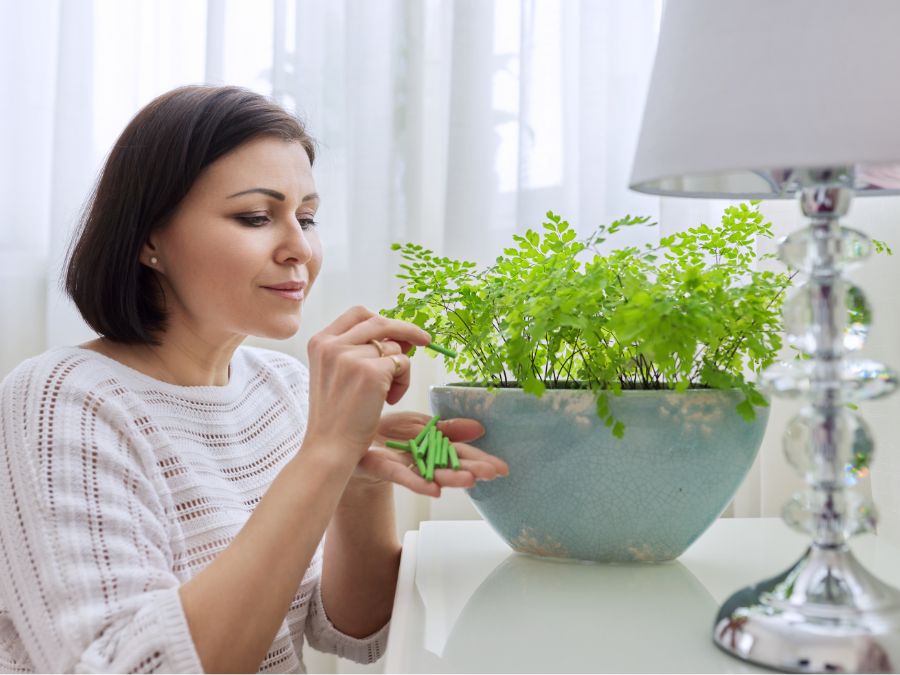We’re thrilled to share our ultimate guide to fertilizing indoor plants. We’ve discovered that understanding plant nutrition is crucial. So, we’re diving into the importance of indoor plant fertilization, how to select the right fertilizer, and when to feed those leafy friends.
We’ll also tackle common issues you might encounter. Let’s unlock the secret to lush, healthy plants right inside our homes. We’re in this together, so let’s get our hands dirty!
Understanding Plant Nutrition
We’ll dive into the vital topic of plant nutrition, which forms the cornerstone of effective indoor plant fertilization. Understanding the nutritional needs of your plants is crucial for their survival and growth. They need a balance of macronutrients like nitrogen, phosphorus, and potassium, and micronutrients such as iron and magnesium.
Macronutrients are necessary for overall growth and development, while micronutrients support specific functions. We often overlook the importance of pH levels; however, they’re essential for nutrient absorption. If the soil’s pH isn’t balanced, plants can’t take in nutrients, no matter how abundant.
We’ll also need to consider the plant’s natural habitat and adapt our fertilizing strategies accordingly. Understanding these elements ensures we provide the best care for our indoor green friends.

Importance of Indoor Plant Fertilization
So, why is fertilizing our indoor plants so crucial? Fertilizing gives them the necessary nutrients that they mightn’t get from indoor soil.
Remember, these plants aren’t outside where they can naturally replenish their nutrients. Indoor plants rely on us to provide those essential elements.
Sure, they’ll survive without fertilizer, but they won’t thrive. Fertilizing helps promote healthier growth, resulting in larger, lush, and vibrant plants.
It also boosts flowering in blooming plants and maintains the overall vitality of your indoor garden. Neglecting to fertilize can lead to slow growth, yellowing leaves, and even plant death.
Selecting the Right Fertilizer
Now, how do we choose the right fertilizer for our indoor plants? It’s all about understanding our plants’ specific needs. Each plant species has different nutrient requirements, so it’s crucial to research beforehand.
Most indoor plants thrive on a balanced fertilizer, which has equal parts nitrogen, phosphorus, and potassium. Don’t forget to consider the plant’s growth stage.
For instance, seedlings require a high-phosphorus fertilizer to boost root development. Likewise, mature plants prefer a high-nitrogen blend to promote leafy growth. It’s also worth noting that organic fertilizers are a great environmentally-friendly option, although they’re usually slower to release nutrients. In the end, selecting the right fertilizer involves a careful balance of these factors.

Fertilization Schedule for Indoor Plants
After choosing the right fertilizer, it’s essential to establish a proper fertilization schedule for our indoor plants. We should remember that the needs of our plants change with the seasons.
Generally, we’ll want to fertilize them regularly during the growing season, spring through early fall. A monthly cycle usually works well during these warmer months.
Conversely, in the colder months, plants typically enter a dormant phase, needing less feeding. We can reduce the fertilization frequency to once every two months. However, this isn’t a one-size-fits-all approach. Different plant species may have unique needs.
Therefore, we should always research the specific requirements of our plants to create the most beneficial fertilization schedule.
Troubleshooting Fertilization Issues
Despite our best efforts, we might encounter some issues with fertilizing our indoor plants. One common problem is over-fertilizing, which can lead to yellowing leaves, browning tips, and even plant death. It’s important to use the right amount of fertilizer and follow the recommended feeding schedule.
If your plants are showing slow growth or pale leaves, they might be under-fertilized. This can be fixed by gradually increasing the amount of nutrients. Sometimes, plants may exhibit nutrient deficiencies, even with regular fertilization. This could be due to the lack of a specific nutrient in the soil. In such cases, we’ll need to switch to a balanced fertilizer that contains all essential nutrients.
We’ve unraveled the mystery of indoor plant fertilization
Remember, understanding your plant’s nutritional needs, choosing the right fertilizer, sticking to a schedule, and troubleshooting are key.
With this guide, we’re confident you’ll have thriving, beautiful indoor plants in no time. Fertilizing isn’t a scary task, but a rewarding journey. Happy fertilizing, plant enthusiasts!






